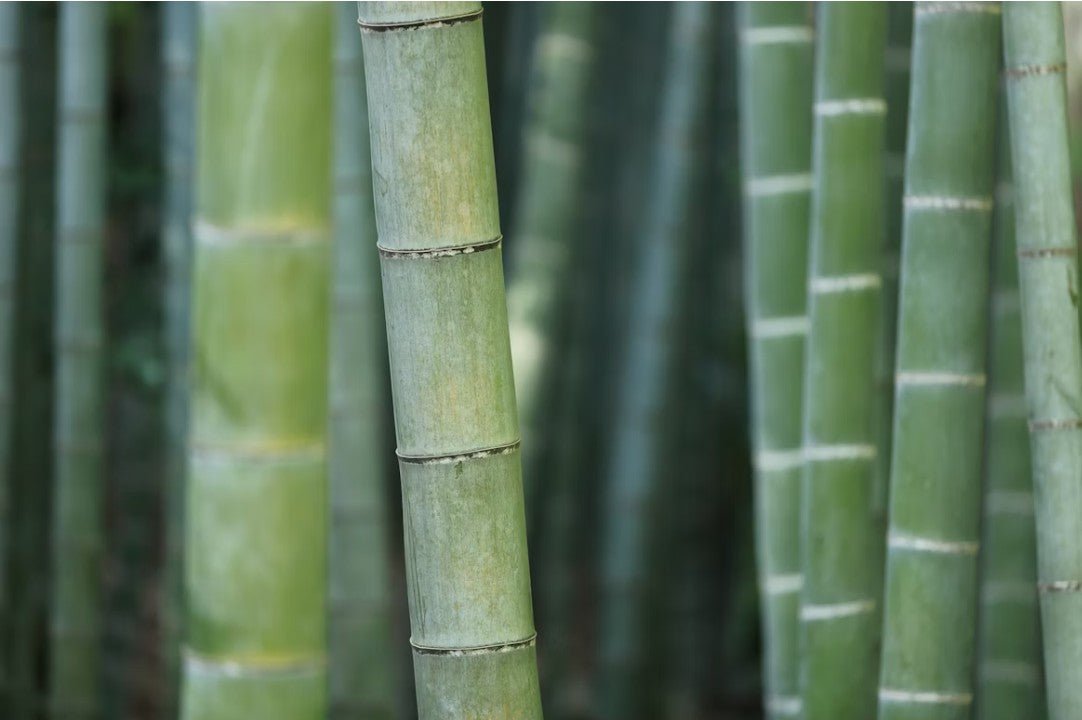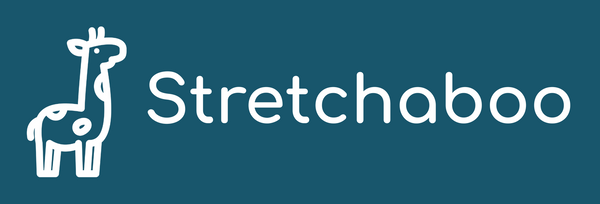
Are bamboo baby clothes worth it? Here are the pros and cons
Share
When we started developing Stretchaboo, we had heard lots of good things about the environmental and health benefits of bamboo baby grows. But it doesn’t take much googling to find question marks over greenwashing as well.
So we set about doing LOTS of research. Obviously, we ended up using bamboo viscose so we’re happy that on the whole it’s a good choice for baby and at the greener end of the spectrum.
But here are our findings so you can make your own mind up…
What is the bamboo viscose process?
Almost all bamboo clothing is bamboo viscose. Bamboo itself is a fast-growing and highly sustainable material. Viscose is the process of breaking the raw bamboo into fibres which can be used in fabric. The process is:
- Cellulose extraction: Natural cellulose is taken from the bamboo.
- Chemical treatment: It’s treated with chemicals to form a viscous liquid (hence “viscose”).
- Spinning into fibre: This liquid is then spun into threads that can be woven into fabric.
This chemical process can be harmful to the environment if not managed carefully. But there are two certifications that give us reassurance our bamboo fabric is safe and sustainable.
- All our bamboo fabric meets OEKO-TEX® Standard 100 which tests for the presence of over 1000 harmful chemicals.
- All the bamboo is FSC approved as coming from sustainable sources.
So what are the advantages of bamboo bay clothes?
- Super soft and kind on skin — Bamboo viscose feels lovely against the skin and is naturally hypoallergenic which means it’s great for babies with sensitive skin or eczema.
- Breathable and cool — The hollow structure of bamboo fibres allows for good air circulation, which helps regulate body temperature and keeps babies cool and comfortable.
- Grows fast — Bamboo is an incredibly fast-growing plant that doesn’t need pesticides. It also needs less water to grow than cotton. This makes it a really good starting point for sustainability.
- Long lasting – because our baby grows are high quality and stretch as your baby gets bigger, they’ll tend to last longer than the equivalent cotton. A slower turnover of outfits is a big tick in the environmental box and gives you better value too.
And what are the disadvantages of bamboo bay clothes?
- Chemical processing — Most bamboo babywear is made from bamboo viscose, which involves heavy chemical treatment.
- Can get bobbly — Bamboo blends can pill or bobble as they’re so soft. We recommend washing cool and using a fabric shaver or lint remover.
What to look for when buying bamboo baby clothes?
If you’re buying bamboo baby clothes, check for these. Needless to say, Stretchaboo, meets all three standards!
- FSC-certified bamboo — This means the bamboo was grown and harvested responsibly.
- OEKO-TEX® Standard 100 — This guarantees the finished fabric is free from harmful substances.
- Clear product info — If a brand doesn’t say how their bamboo is made, it’s worth asking.
